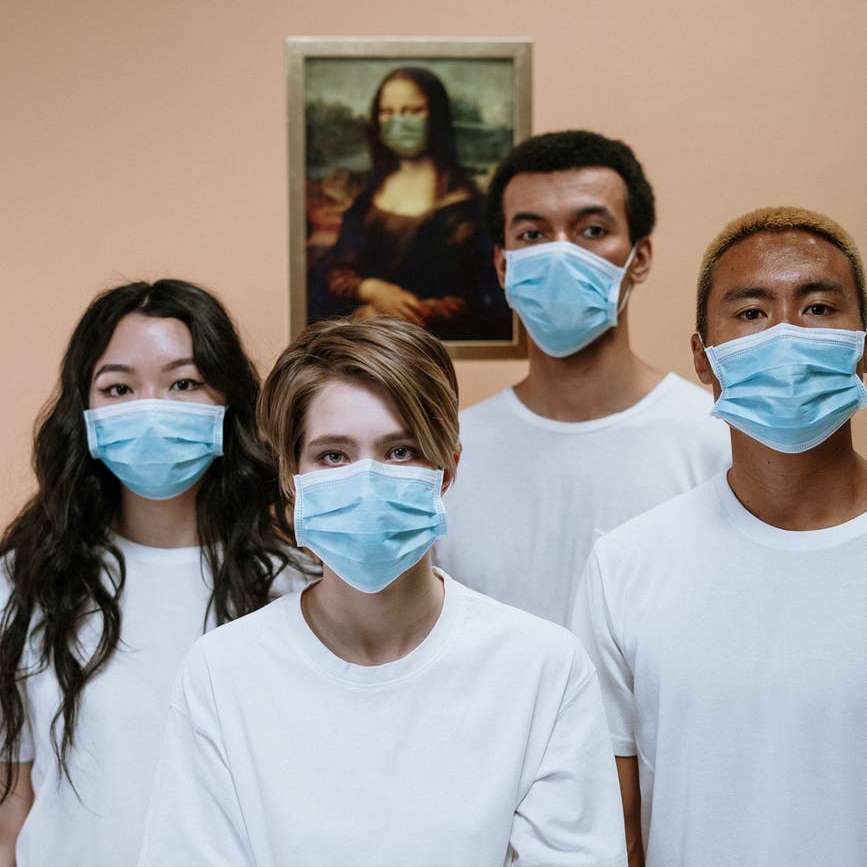Good Art Teaching Includes Ensuring Students Are Actually Seeing Art
Art teachers should never underestimate the importance of students actually seeing art in art education.
Books, slides, posters, movies, computer websites, and other sources of art reproductions – all serve a purpose in art teaching, but a full art education involves students actually seeing art. Sadly, as technologies have advanced, some art teachers have tended even more to neglect this all-important aspect of the art curriculum.
It is common art teaching methodology, especially at the senior school level, for art students to be instructed to study the work of a practicing artist and then relate that study to their art-making endeavors as a homework task. They can get assignment help from groupmates or teachers. Of concern is that many art students are often following such a methodology without actually seeing art by that “artist role model” or without even seeing art derived from it.
Art students in rural and remote areas are especially disadvantaged in this manner, as practicing artists and art galleries are often far afield.
One of the worst examples of such neglectful art teaching practice is the class of students, which is not only restricted to color photocopies of book reproductions but also forced to share a small class set of such resources.
Work produced by art students subjected to such a superficial approach in art teaching invariably lacks any understanding of the scale, technique, textural qualities, and emotional impact of the “artist role model’s” work.
Art Trips Are an Important Part of Art Curriculum Planning for School Art Departments
The only way to ensure art students are seeing art is to either bring art to them or take them to it. Few school art departments have the funding to commission a visit by a practicing artist, but those that do should ensure they use that vital opportunity to enrich the delivery of the art curriculum in their school. (They could extend that experience to other nearby school art departments by inviting them to visit as a student trip.)
It might be that a type of “artist in residence” is employed for a short period within the school art department so that students are not only seeing art being produced but are also able to observe the artist’s planning processes, commitment, and work ethic. (Art teachers should, of course, ensure they have selected a suitable artist candidate to fulfill the role.)
Alternatively, art teachers could use special finance to host a few visits by various practicing artists. These could occur as a block during one particular month or at random throughout the year to support individual units of work within the art teaching program.
But perhaps the easiest, most effective way to introduce art students to the joy of seeing art is to take them on art trips to museums or galleries. Unfortunately, some art teachers have a whole host of reasons why they refrain. Some (wrongly) think that taking art trips is all too easy, a bit of a cop-out, and some kind of luxury that wastes good teaching time. Those art teachers, again wrongly, believe they are earning their salary and their students are learning only if everyone is at school in the classroom.
Other art teachers are frankly just too scared to change a student trip. Their classes are so unruly that the art teacher fears leaving the school grounds with them, especially to the traditionally quiet locale of a public art gallery. But those teachers, though faced with a greater challenge, still need to step up and fulfill their art teaching role by giving their students the opportunity of seeing art for themselves.
It is not an impossible task. There are strategies for managing student trips with difficult students.
Art Trips Are Good for Learning Art and Art Students' Personal Growth
In schools fortunate enough to have more disciplined students, art teachers can take students on a couple of initial gallery trips and then hand over the responsibility for visiting further exhibitions to the art students themselves. Art students can be required to keep a notebook journal of their art gallery visits as an assessment item.
If geographical isolation is an issue, then art teachers might investigate whether traveling art roadshows are available in their area. Art teachers in isolated areas might also have to go to the special length of organizing an overnight or longer student trip, which might only occur on a biannual basis.
For example, in at least one rural New Zealand school, senior art history and art students fundraise to participate in a biannual student trip to Melbourne, Australia. There, they are immersed for about 10 days in the city’s absolute plethora of art galleries and museums. The student trip is not only a fantastic opportunity for learning about and seeing art but also a marvelous vehicle for the student’s personal growth.
Art teachers should never underestimate or lose sight of the importance of students seeing art as part of full art education. An art teaching program will only have integrity and be truly effective if art students are given such experiences.
